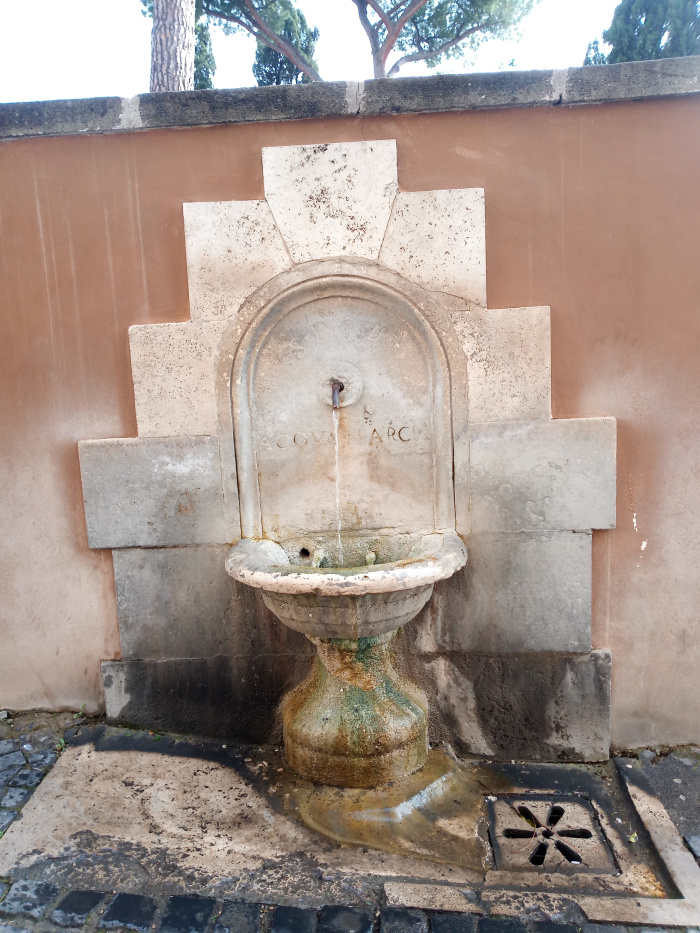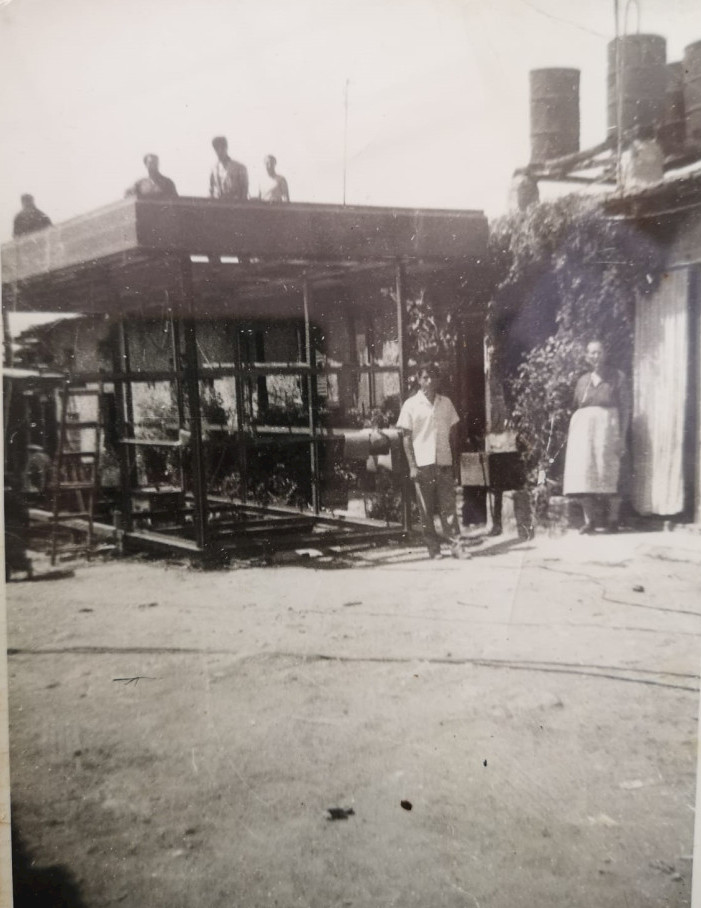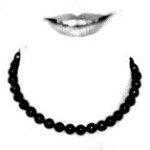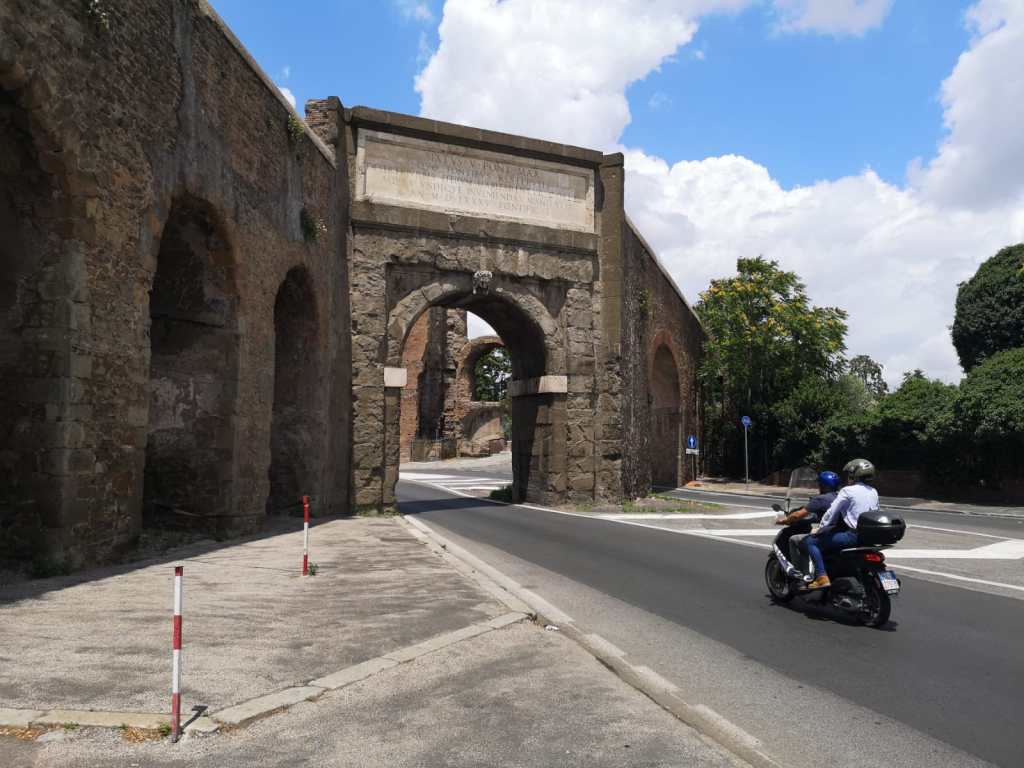
Entering the workshop of our blacksmiths, Andrea and Massimo Manoni, is easy to understand how important it is to have in mind the two magic words “stratification” and “recycling”. I talk about it on my home page in order to realize how Rome was built.
Their grandfather founded the Company immediately after the Second World War. Probably following a natural principle of material savings – the same principle with which most of the city was built – he built his workshop against the remains of an ancient aqueduct. The Aqueduct of Marcia Water, the third in Rome after Appius and Anio Vetus Aqueducts, built in 144 B.C. by the Praetor Quinto Marcio Re. Pliny the Elder called Marcia water “clarissima aquarum omnium”, the best in Rome and by the way you can judge for yourself because you can still drink it for free from this fountain on the Capitoline hill.
With this kind of background, you can for sure imagine the scene when we met Andrea and Massimo for the first time as we needed to change a window: Vincenzo was explaining them we wanted a window for the bedroom that would insulate as much as possible from the noise of the street and I had completely forgotten we were there for the window and kept asking questions about the aqueduct and the history of their company!
These are those cases where, when husband and wife get in the car and they’re alone again, he usually turns to her and with an unbelievable air says: “What’s the aqueduct got to do with our window now?”
He was right but after all, in that moment the history of that stretch of aqueduct was too fascinating to me compared with the window which also was a thought of mine, especially in the morning!
Indeed, long before their grandfather – and who knows how many others before him! – and exactly in 1585, a Pope, Sixtus V, for the century Felice Peretti, destroyed the arches of the aqueduct built by Quinto Marcio Re and built on the same ancient pylons, the aqueduct named after his name: the aqueduct Felice. Compared with the oldest, it has lower arches and it was first aqueduct built in Rome after the fall of the Western Roman Empire.
Following the ancient Roman tradition of building a monumental arch where the aqueducts crossed the great consular roads, Pope Sixtus V built the so-called Porta Furba on the Via Tuscolana.
In fact “near Porta Furba” was precisely the road sign we followed to reach Andrea and Massimo’s workshop.
And since we liked the work they did with the bedroom window – as if the alarm clock doesn’t ring, nobody wakes us up in the morning – Vincenzo decided to entrust the two brothers with the production of the door and the windows of his jewelry shop. Andrea and Massimo’s OMCM Company has a long history: it works for major Organizations, such as the Bambin Gesù and l’Addolorata Hospitals or the American University on the Celio hill; it works for private clients such as Vincenzo but above all is its excellent quality. Moreover, they are very kind and serious people: key qualities if someone enters my house to do a necessary job. Their Company is also a typical example of Italian entrepreneurship: family businesses, founded by grandfathers, carried on by fathers, still alive thanks to the commitment of grandchildren and run by moms. Each generation adds something more while keeping pace with time, but the roots are always the same: la famiglia.


Federica


